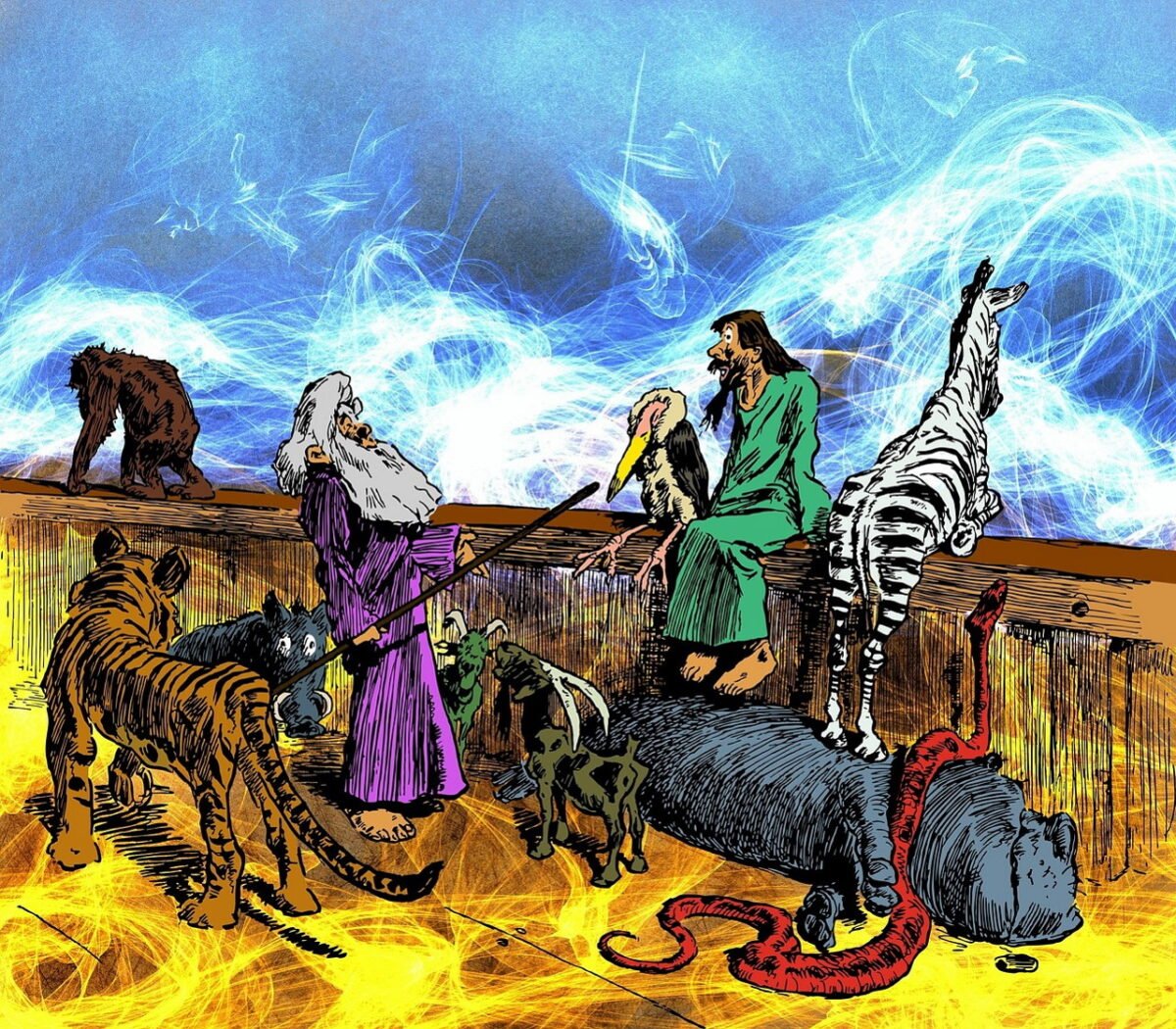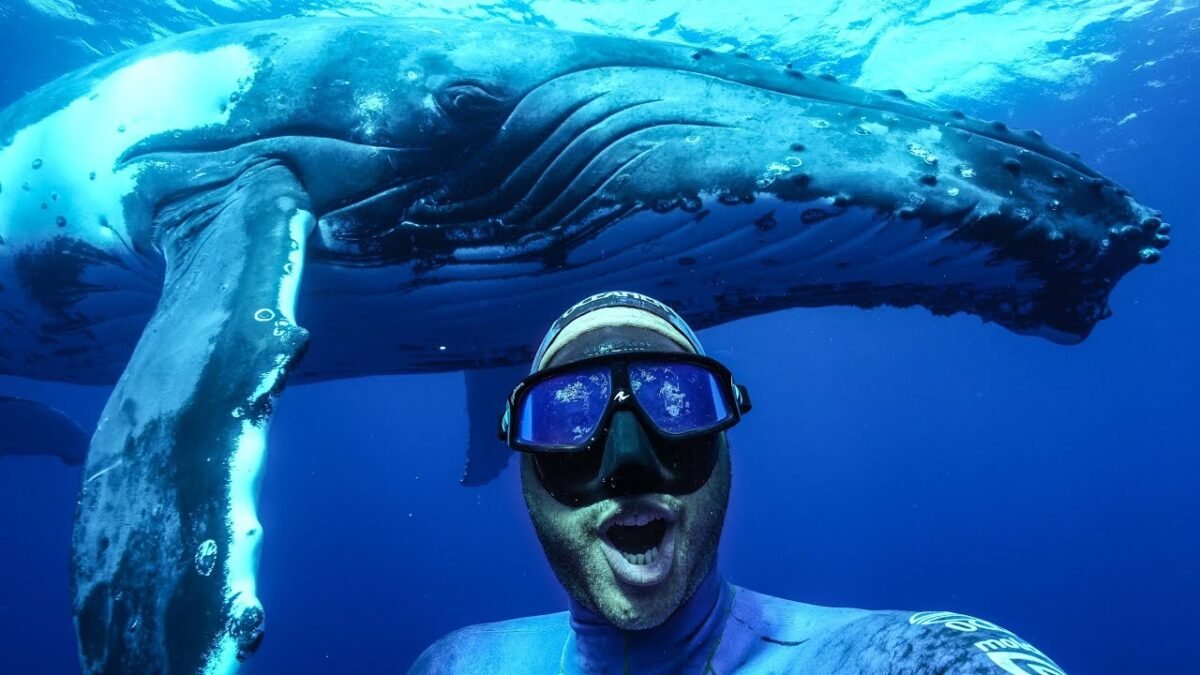-
What has religion ever done for animals.

Religion has not been a great friend of animals. Granted, Noah did allegedly save quite a few of them on his ark, but apart from that what has theology ever done for their welfare and rights? Religious creeds and their interpretations have throughout history deeply ingrained our belief that we have total dominion over animals…
-
Whales injure tourists. Why can’t we leave wild animals in peace.

The fact that these gentle whales were using “classic defensive actions” is proof that they were upset and stressed. Recently on Ningaloo reef off the north west coast of Australia there have been three incidents in just one week involving tourists being seriously injured while swimming with whales on new organised tours. A 27 year…